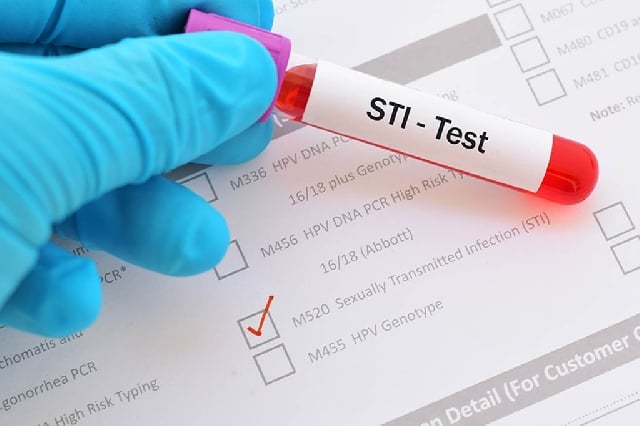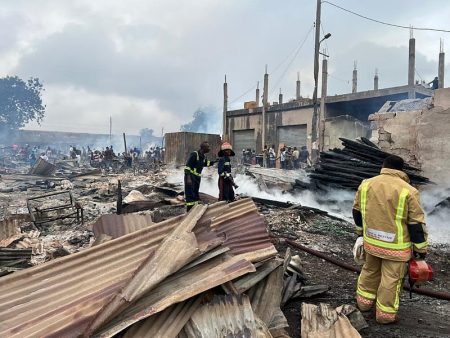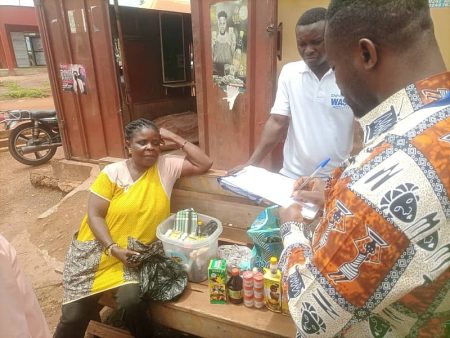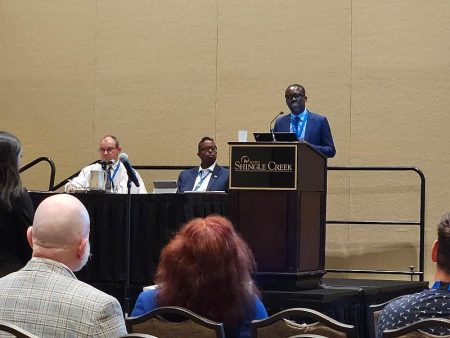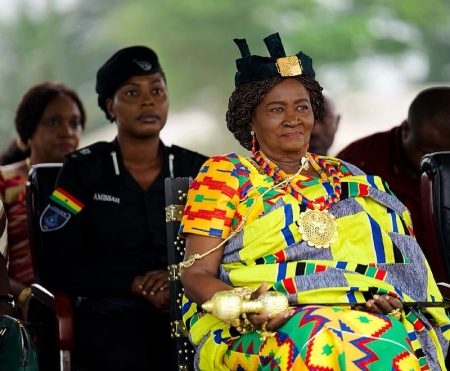The 2022 Ghana Demographic and Health Survey (GDHS) paints a concerning picture of adolescent sexual and reproductive health in Ghana. While some progress has been made, the rate of decline in risky sexual behaviors among adolescents remains alarmingly slow. The study, titled “Adolescent Risky Behaviour,” reveals that despite nearly three decades of educational campaigns, 10.2% of girls aged 10-19 engaged in sexual intercourse before the age of 15. This figure, while slightly lower than the 12% recorded in 1993, highlights the persistent challenge of early sexual initiation among young girls in Ghana. Furthermore, the survey indicates that a significant portion of adolescent girls experience pregnancy, with 15.2% having been pregnant and 10.9% having already become mothers. The data also points to a concerning rise in the prevalence of sexually transmitted infections (STIs) among adolescents, further emphasizing the vulnerability of this age group. These findings underscore the urgent need for more effective interventions to protect young people from the health and social consequences of early sexual activity.
The GDHS report further reveals a disturbing geographical disparity in the prevalence of early sexual activity among girls. Nine out of the ten districts with the highest rates of girls engaging in sex before 16 are located in the Ashanti Region. These districts, including Akrofuom, Amansie South, Amansie Central, and others, report alarmingly high prevalence rates, ranging from 37.7% to 42.07%. This concentration of high-risk areas within a single region suggests the potential influence of localized factors, cultural norms, or socioeconomic conditions that may contribute to early sexual initiation. The identification of these high-risk districts allows for targeted interventions and resource allocation to address the specific challenges faced by these communities. Understanding the underlying drivers within these specific areas is crucial for developing effective strategies to mitigate the risks faced by adolescent girls.
The GDHS data also highlights the issue of early sexual activity among boys, with one in three boys aged 16-19 reporting sexual activity before turning 16. The Eastern Region emerges as a particular area of concern, with all 33 of its districts ranking among the highest in the country for early sexual initiation among males. This regional concentration again points to the likely influence of local factors contributing to this behavior. The report also identifies specific districts within the Eastern Region, such as Upper Manya Krobo, Atiwa West, and Upper West Akim, where the prevalence of early sexual debut among boys is particularly high. This detailed geographical breakdown of the data allows for more precise targeting of interventions and resources to address the specific needs of these communities and to better understand the factors contributing to early sexual activity among adolescent boys.
Beyond early sexual initiation, the GDHS study also examines the prevalence of multiple sexual partners among adolescents. For adolescent females, the Bono and Western North Regions have the highest rates of engaging in sexual activity with multiple partners, with several districts in these regions, including Dormaa East, Dormaa Central, and Bibiani Anhwiaso Bekwai, reporting particularly high prevalence rates. This behavior increases the risk of STIs and unintended pregnancies, further emphasizing the need for targeted interventions. For adolescent males, the Oti Region records the highest rates of multiple sexual partners, with all nine of its districts ranking among the top ten nationwide. This data highlights the importance of addressing the specific challenges faced by both young men and women in different regions and developing tailored approaches to promote safer sexual practices.
The findings of the GDHS report have elicited strong reactions from child rights advocates. Bright Appiah, the Executive Director of Child Rights International, described the situation as alarming and called for intensified efforts to address adolescent sexual and reproductive health. He emphasized the need for comprehensive sex education programs that provide young people with the knowledge and skills they need to make informed decisions about their sexual health. He also stressed the importance of improved parental guidance and open communication between parents and children about sexual health matters. Furthermore, he advocated for targeted interventions to address risky behaviors among young people, recognizing that a multi-pronged approach is necessary to effectively tackle this complex issue.
The 2022 GDHS provides a crucial snapshot of the state of adolescent sexual and reproductive health in Ghana. The persistent challenge of early sexual initiation, coupled with the rising rates of STIs and the prevalence of multiple sexual partners among adolescents, underscores the urgent need for action. The geographical variations highlighted in the report emphasize the importance of tailoring interventions to address the specific needs of different communities. Moving forward, a comprehensive and multifaceted approach is required, including strengthened sex education programs, improved access to reproductive health services, enhanced parental involvement, and targeted interventions to address the underlying social and economic factors contributing to risky sexual behaviors. Only through such concerted efforts can Ghana effectively protect its young people and ensure their sexual and reproductive health and well-being.





